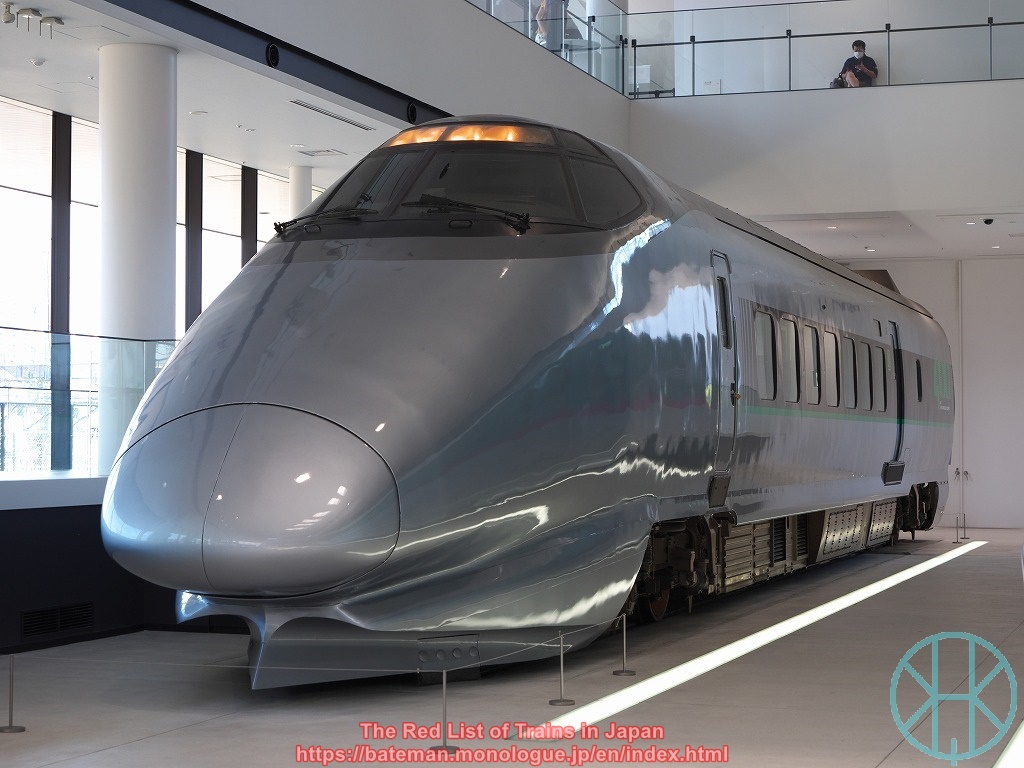400 series Bullet Train

Data (as of 12 Aug 2022)
| Status: | Extinct |
| Constructed in: | 1990, 1992, 1995 |
| Number built: | 84 |
| Retired in: | 2010 |
History
The 400 series was the first "mini-Shinkansen" in Japan. Since track gauge of high-speed rail is wider than that of non-high-speed rail, bullet trains had been unable to run outside Shinkansen tracks. However, building a new line is so costly that it is not feasible unless there is a prospect of a considerable profit (or a huge subsidy). Therefore, JR East dramatically modernised a part of Ou Main Line from Fukushima to Yamagata, making it compatible with bullet train vehicles. The 400 series was smaller than ordinary bullet trains.
The 400 series was based on 200 series, though their exterior design was very different. The 400 series could run at 240 km/h (150 mph) on high-speed-rail and 130 km/h (81 mph) on non-high-speed rail. Since there were steep gradients between Fukushima and Yamagata, the 400 series had enhanced brakes. It could join to the 200 series and E4 series on Tohoku Shinkansen.
The 400 series entered service in 1992, and used for Tsubasa (Tokyo - Yamagata). Each unit consisted of six coaches but became seven in 1995. When Yamagata Shinkansen was extended to Shinjo in 1999, the 400 series was used along with E3 series. However, as more E3 series trains were delivered from 2008, the 400 series retired in 2010.
